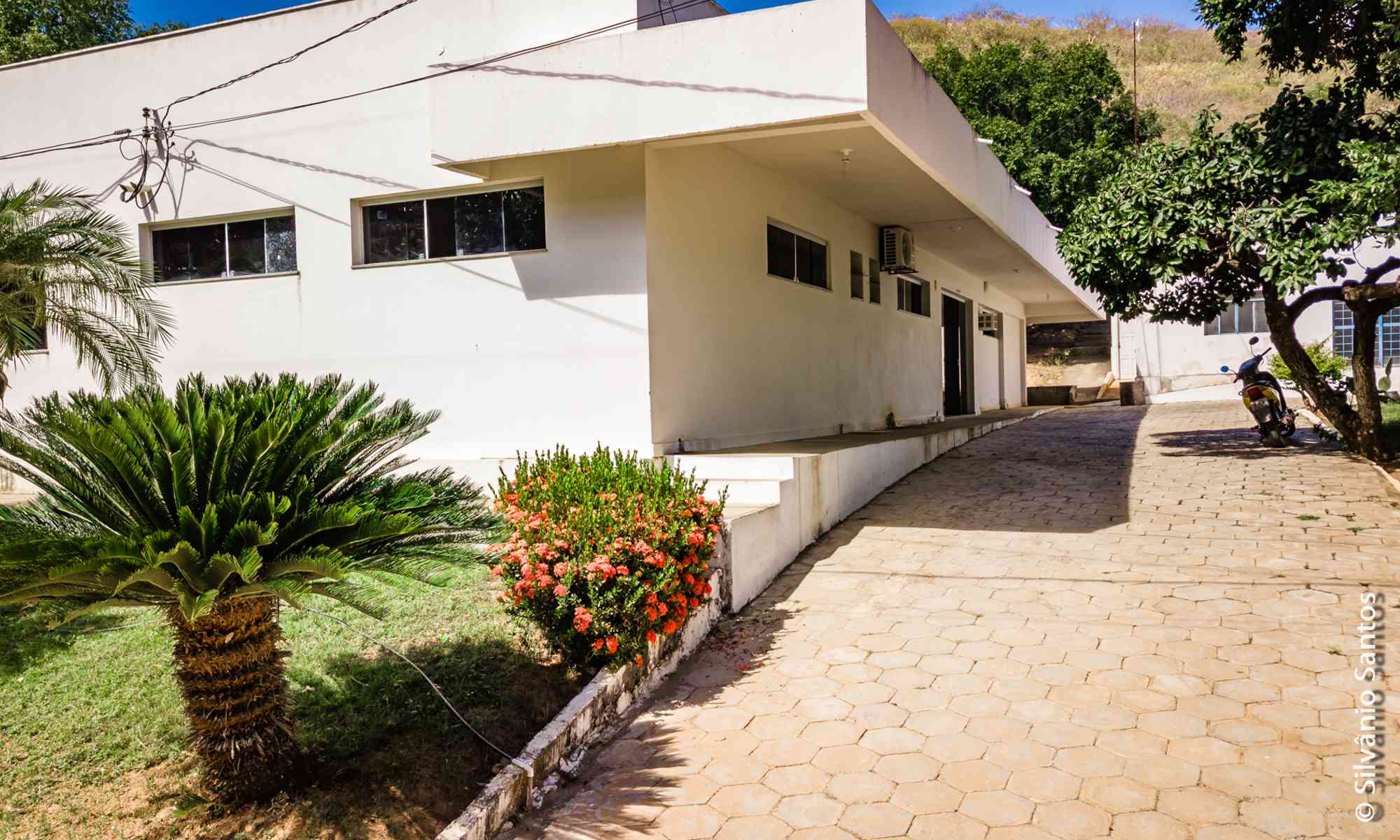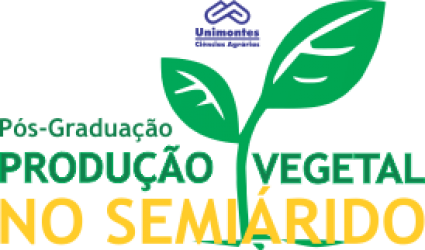- Version
- Download 2
- Tamanho do Arquivo 769.67 KB
- Data de Criação 16/06/2021
- Download
SANTOS, Gilberto Cardoso dos. Interferência de plantas daninhas no crescimento e produção da bananeira ‘prata-anã’. 2013. 70 p. Dissertação (Mestrado em Produção Vegetal no Semiárido) – Universidade Estadual de Montes Claros, Janaúba, 2013.
As plantas daninhas estão entre os principais problemas de cultivo da bananeira, pois competem por fatores como água, luz e nutrientes. Objetiva- se com o presente trabalho determinar o período de interferência de plantas daninhas no crescimento e produção da bananeira ‘Prata-Anã’. O delineamento experimental foi em blocos casualizados, com dez tratamentos e três repetições. Cada parcela foi constituída por três fileiras de cinco plantas, perfazendo um total de quinze sendo destas consideradas como úteis as três plantas centrais. Os tratamentos foram constituídos de dez períodos de controle das plantas daninhas infestantes a partir do plantio: sem controle (T1); controle em todo o período experimental (T2); controle apenas no primeiro mês após o plantio (T3); controle até o segundo (T4); terceiro (T5); quarto (T6); quinto (T7); sexto (T8); oitavo (T9) e décimo mês após o plantio (T10). O controle foi realizado manualmente com o uso de enxada. Foram avaliadas características vegetativas e reprodutivas no primeiro e segundo ciclos produtivos. Foi realizado o levantamento fitossociológico para determinar a frequência, densidade, abundância e o índice de valor de importância das plantas daninhas presentes na área. Os dados referentes ao desenvolvimento vegetativo foram submetidos à análise de variância e regressão e ajustados em modelos de regressão não linear. Os dados das características reprodutivas (ciclos 1 e 2) foram submetidos à análise de variância e as médias agrupadas pelo teste de Scott Knott a 5 % de probabilidade. As famílias com maior número de espécies identificadas no levantamento fitossociológico foram: Fabaceae e Malvaceae. As espécies: Sida cordifolia, Dactyloctenium aegyptium e Mollugo verticillata apresentaram os maiores IVI. As plantas daninhas causam influência negativa no desenvolvimento vegetativo da bananeira quando seu controle não é realizado. O período de interferência das plantas daninhas ocorre até o primeiro mês após o plantio da bananeira ‘Prata-Anã’. No segundo ciclo de produção, os tratamentos não influenciaram a maioria das características estudadas, não houve redução na produção da bananeira, não necessitando de controle das plantas daninhas.
Palavras-chave: Musa spp, competição, período crítico.
Weed interference on growth and yield of "Prata-Anã" banana
Weeds are among the main problems of cultivation of banana, since they vie for factors such as light, water and nutrients. This study aimed to determine the period of weed interference on growth and yield of 'Prata-Anã’ banana. The experimental design was in randomized blocks with ten treatments and three replications. Each plot consisted of three rows of five plants, for a total of fifteen of which three central plants were considered as useful. The treatments consisted of ten periods of weed control after planting: without control (T1), control throughout the all experimental period (T2), control only in the first month after planting (T3), control until the second (T4), the third (T5), the fourth (T6), the fifth (T7), the sixth (T8), the eighth (T9) and tenth month after planting (T10). The weeds were removed by means of hoe. Vegetative and reproductive traits were evaluated in the first and second production cycles. The phytosociological survey was conducted to determine the frequency, density, abundance and importance value index of weeds in the area. The data relating to vegetative development were subjected to analysis of variance and regression and adjusted for non-linear regression models. Data from reproductive traits (cycles 1 and 2) were subjected to analysis of variance and means grouped by the Scott Knott test at 5 % probability. The families with the largest number of species identified in phytosociological survey were: Fabaceae and Malvaceae. The species: Sida cordifolia, Dactyloctenium aeration and Mollugo verticillata showed the highest IVI. Weeds cause negative influence on the vegetative development of the banana when they are not controlled. The period of weeds interference occurs until the first month after planting of 'Prata-Anã’ banana. In the second cycle, the treatments did not affect the most of the traits studied; there was no reduction in the banana yield, not requiring weed control
Keywords: Musa spp, competition, critical period.

